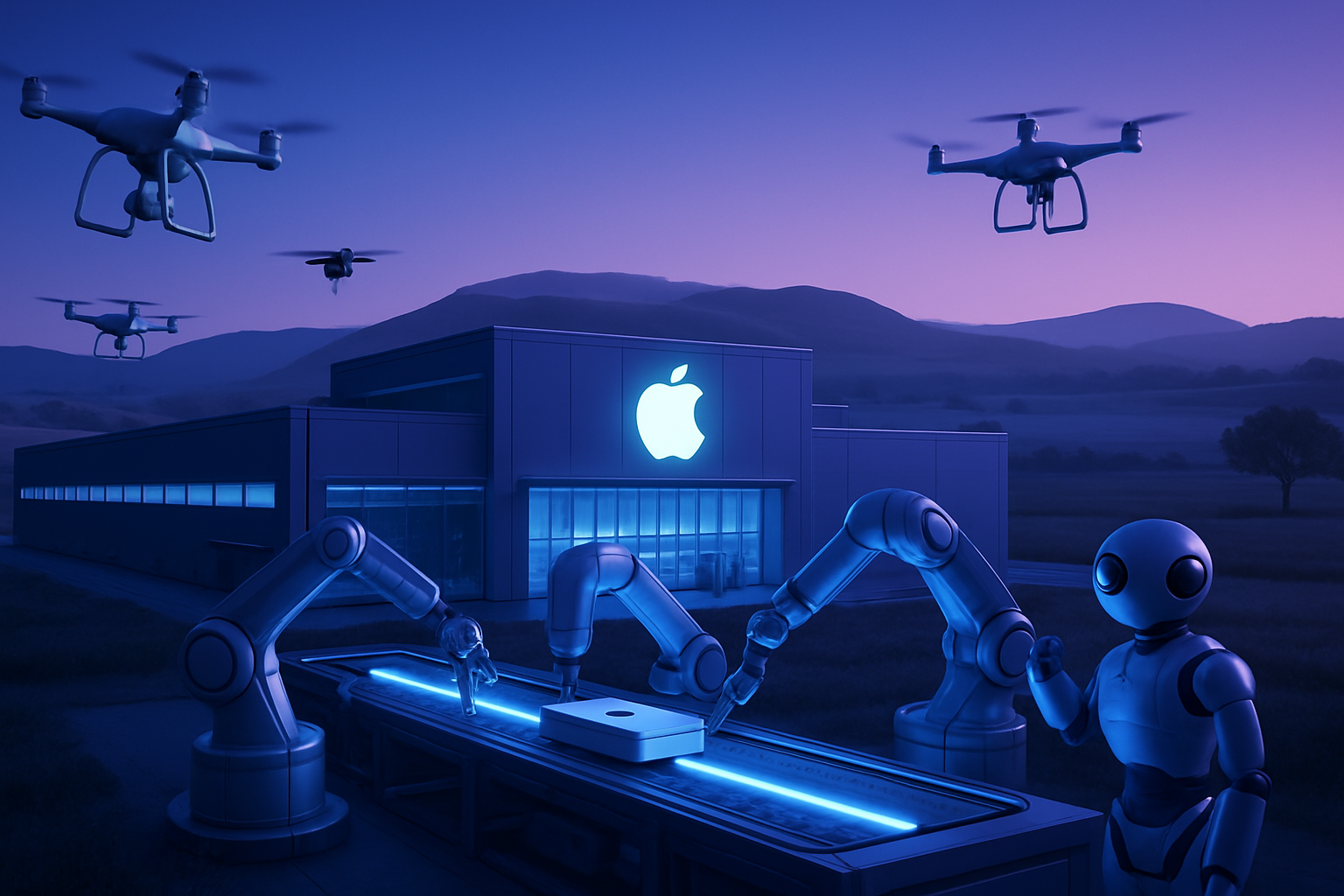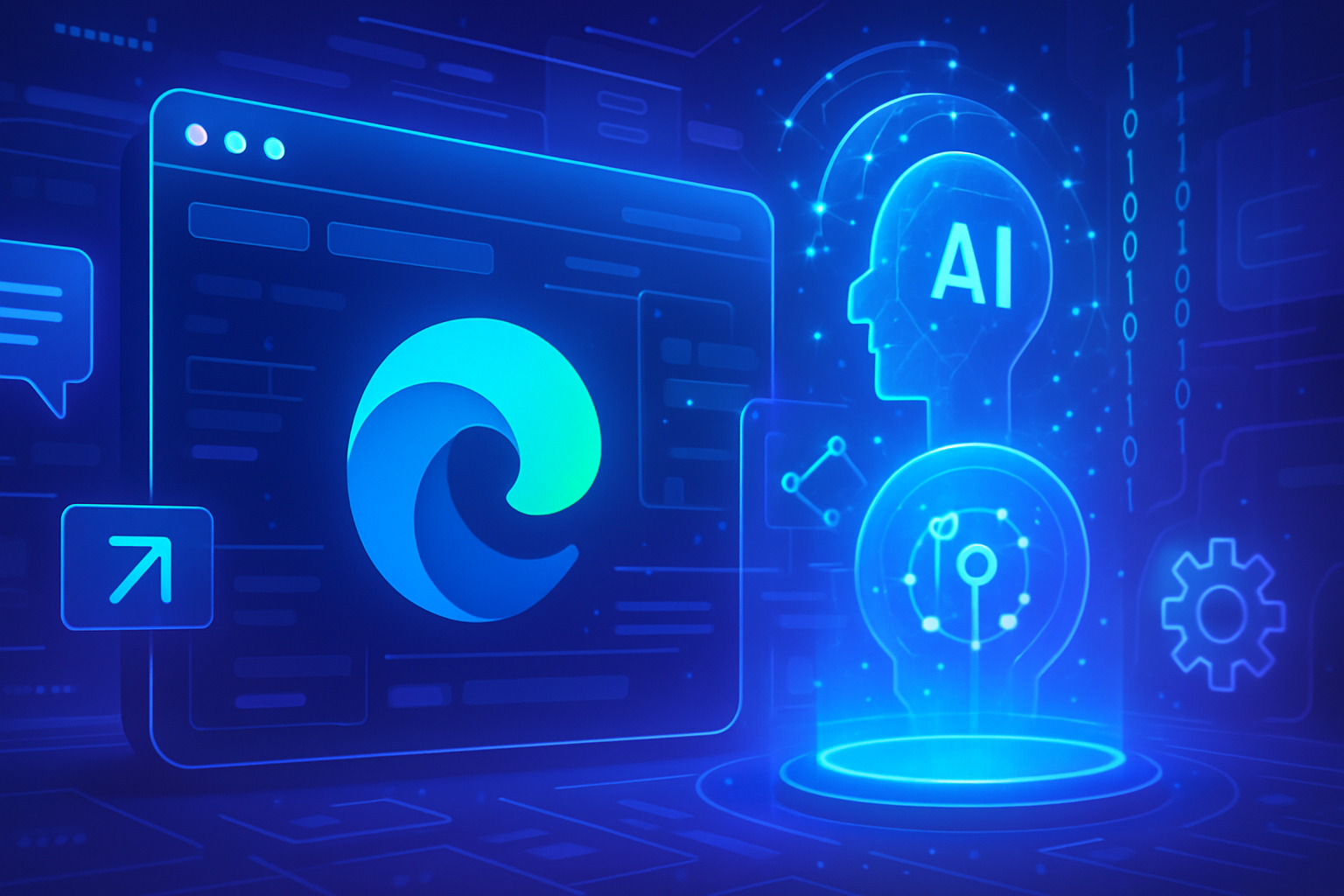The monitoring of inaccessible nuclear sites faces unprecedented challenges. *Artificial intelligence offers an innovative response* by combining computational power and precision. *Preventing malfunctions in hostile environments is a priority* to ensure the safety of critical energy systems.
The integration of advanced techniques, such as machine learning, is revolutionizing the way these facilities are monitored. The use of virtual sensors alleviates constraints imposed by geography and technology, allowing for fine predictions of failures. *Ensuring the sustainability of nuclear reactors requires an imperative of constant control* worthy of the highest standards.
Monitoring Inaccessible Nuclear Sites
Significant advances in the field of nuclear monitoring are emerging thanks to the use of artificial intelligence. This technology proves particularly effective for monitoring sites and conditions that are difficult to access or inhospitable. Researchers from the University of Illinois at Urbana-Champaign have developed an innovative method combining artificial intelligence with nuclear system management to ensure real-time monitoring.
Development of Virtual Sensors
Research led by Syed Bahauddin Alam introduces virtual sensors powered by deep learning operator models. This approach complements physical sensors that face limitations in extreme or hard-to-access environments. Traditional sensors, while effective, encounter data coverage issues. Machine learning algorithms can predict with a speed 1,400 times greater than that of traditional simulations based on computational fluid dynamics (CFD).
Optimization of Monitoring Procedures
Deep Operator Neural Networks, when trained on graphics processing units (GPUs), provide instantaneous and accurate multiphysical solutions. This process allows for monitoring critical thermohydraulic parameters at the primary circuit level of pressurized water reactors. By facilitating the rapid detection of anomalies, this technology enhances the reliability and safety of nuclear systems.
Importance of Real-Time Monitoring
The components of nuclear reactors are constantly exposed to high temperatures, intense pressures, and radiation. Rigorous monitoring and frequent inspections are necessary to maintain the long-term safety and efficiency of these facilities. The introduction of artificial intelligence tools allows not only to anticipate potential failures but also to reduce the risks associated with physical measurements in hazardous spaces.
Collaboration and Advanced Resources
The success of this research also relies on close collaboration with experts in data science and high-performance computing. Allocations on NCSA’s supercomputing resources, including NVIDIA A100 nodes, have accelerated the computational tasks necessary for training the models. This teamwork illustrates the benefits of integrating artificial intelligence into scientific research, especially in the delicate area of nuclear energy.
Toward Sustainable Advancement
A synergy is created when advanced artificial intelligence methods are combined with powerful computing resources. The goal is to advance nuclear safety while continuing to explore sustainable and efficient solutions for energy systems. Ongoing research focuses on implementing these technologies to meet the emerging challenges of the global energy sector.
Frequently Asked Questions about Monitoring Inaccessible Nuclear Sites with Artificial Intelligence
What is the monitoring of inaccessible nuclear sites?
Monitoring inaccessible nuclear sites refers to the use of advanced technologies, including artificial intelligence, to monitor critical conditions in hard-to-access environments where traditional monitoring methods fail.
How does artificial intelligence improve the monitoring of nuclear facilities?
Artificial intelligence allows for the creation of virtual sensors that can predict thermal and hydraulic parameters in real-time, thereby reducing the risks associated with using physical sensors in dangerous locations.
What are the advantages of virtual sensors compared to physical sensors?
Virtual sensors can provide comprehensive data coverage, even in extreme environments, and can be faster and more accurate than physical sensors, which can be difficult to install and maintain.
What types of data can be monitored by these artificial intelligence systems?
The systems can monitor various parameters, including temperatures, pressures, and physical degradation of components in nuclear reactors.
Can technology predict potential failures of nuclear systems?
Yes, by analyzing data in real-time, artificial intelligence models can identify early signs of potential failures, allowing actions to be taken before a serious problem occurs.
What is the accuracy of the predictions made by these artificial intelligence models?
When properly trained, artificial intelligence models can provide extremely accurate predictions, often surpassing those of classical fluid dynamics simulations.
What is the importance of real-time monitoring in the nuclear field?
Real-time monitoring is crucial for ensuring the safety of nuclear facilities, as it enables rapid detection of anomalies and helps prevent major incidents.
How do these technologies contribute to safety in nuclear power plants?
These technologies enhance safety by providing continuous monitoring without requiring human presence in hazardous areas, thereby reducing the risk of human error and accidents.






